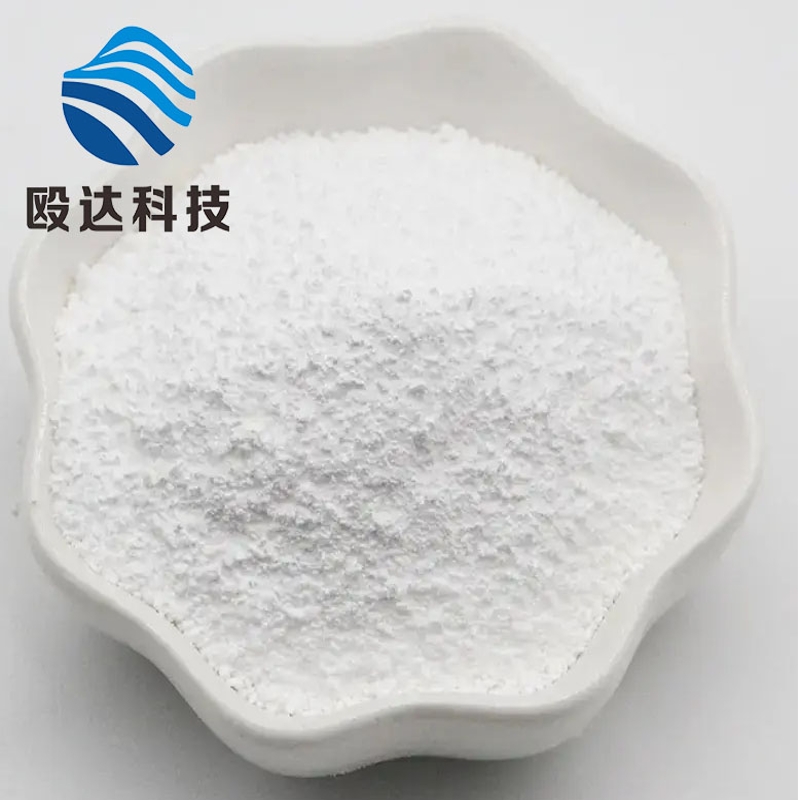Hepatology: Probiotic rat licosacline prevention liver fibrosis is by inhibiting liver bile acid synthesis and enhancing bile acid excretion
-
Last Update: 2020-07-13
-
Source: Internet
-
Author: User
Search more information of high quality chemicals, good prices and reliable suppliers, visit
www.echemi.com
Background and targetbile silted liver disease is characterized by intestinal malnutrition and excessive toxic hepatic bile acid (BAs) accumulationChanging intestinal flora and inhibiting BA synthesis are potential strategies for treating bile-silted liver diseaseThe purpose of this study is to explore the effects of lactobacillus (LGG) on liver BA synthesis, liver damage and liver fibrosishow to:Whole and intestinal-specific Fani X receptor (FXR) inhibitors are used to analyze the role of FXRLGG therapy significantly reduces liver inflammation, damage and fibrosis, and significantly reduces liver BAs levels in BDL miceTaurine-brigal acid (T-beta MCA), an FXR antagonist, increased significantly in BDL mice and decreased in mice treated with LGG, while FXR agogoyatic gemolicacid decreased in BDL miceLGG therapy significantly increases the expression of serum and reenterocellular cell growth factor 15 (FGF-15) and subsequently lowers BDL and Mdr2 -/- livercholesterol7 alpha-hydroxyase and BA synthesisAt the molecular level, overall and intestinal-specific FXR inhibitors in BDL mice can reverse these changesIn addition, LGG therapy changed the intestinal flora, which was associated with an increase in BA decouples in BDL and Mdr2-/-mice, and increased BA excretion of feces and urine In vitro studies showed that LGG inhibited the inhibitory effect of T-beta MCA on the expression of FXR and FGF-19 in Caco-2 cells Conclusion: LGG's supplementation reduces the inhibition of THE first-out synthesis of THE intestinal FXR-FGF-15 signaling pathway by reducing the inhibition of the head synthesis of the intestinal FXR-FGF-15 signaling pathway, and enhances THE excretion of BA, thus preventing the occurrence of BA over-induced liver damage and liver fibrosis
This article is an English version of an article which is originally in the Chinese language on echemi.com and is provided for information purposes only.
This website makes no representation or warranty of any kind, either expressed or implied, as to the accuracy, completeness ownership or reliability of
the article or any translations thereof. If you have any concerns or complaints relating to the article, please send an email, providing a detailed
description of the concern or complaint, to
service@echemi.com. A staff member will contact you within 5 working days. Once verified, infringing content
will be removed immediately.







